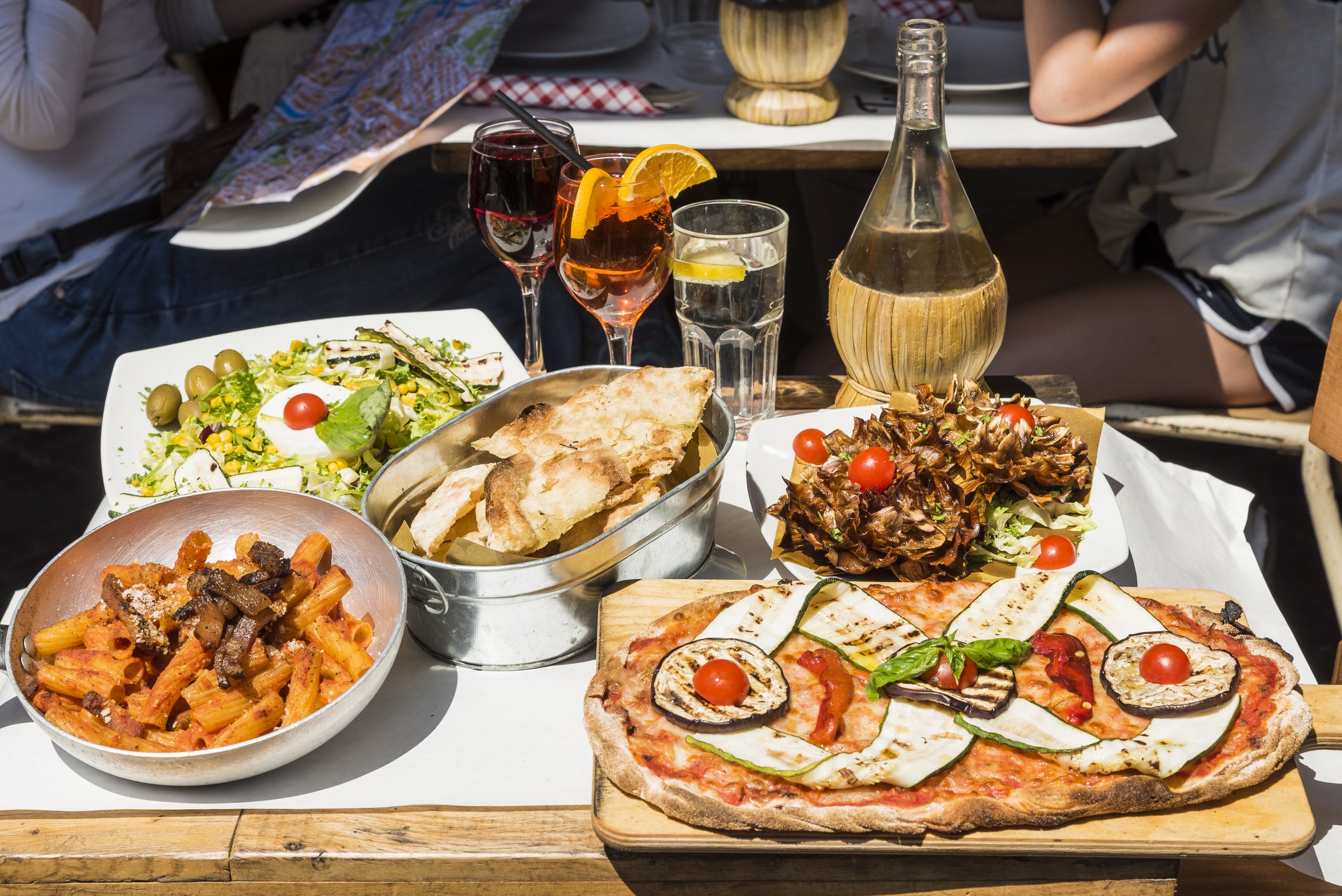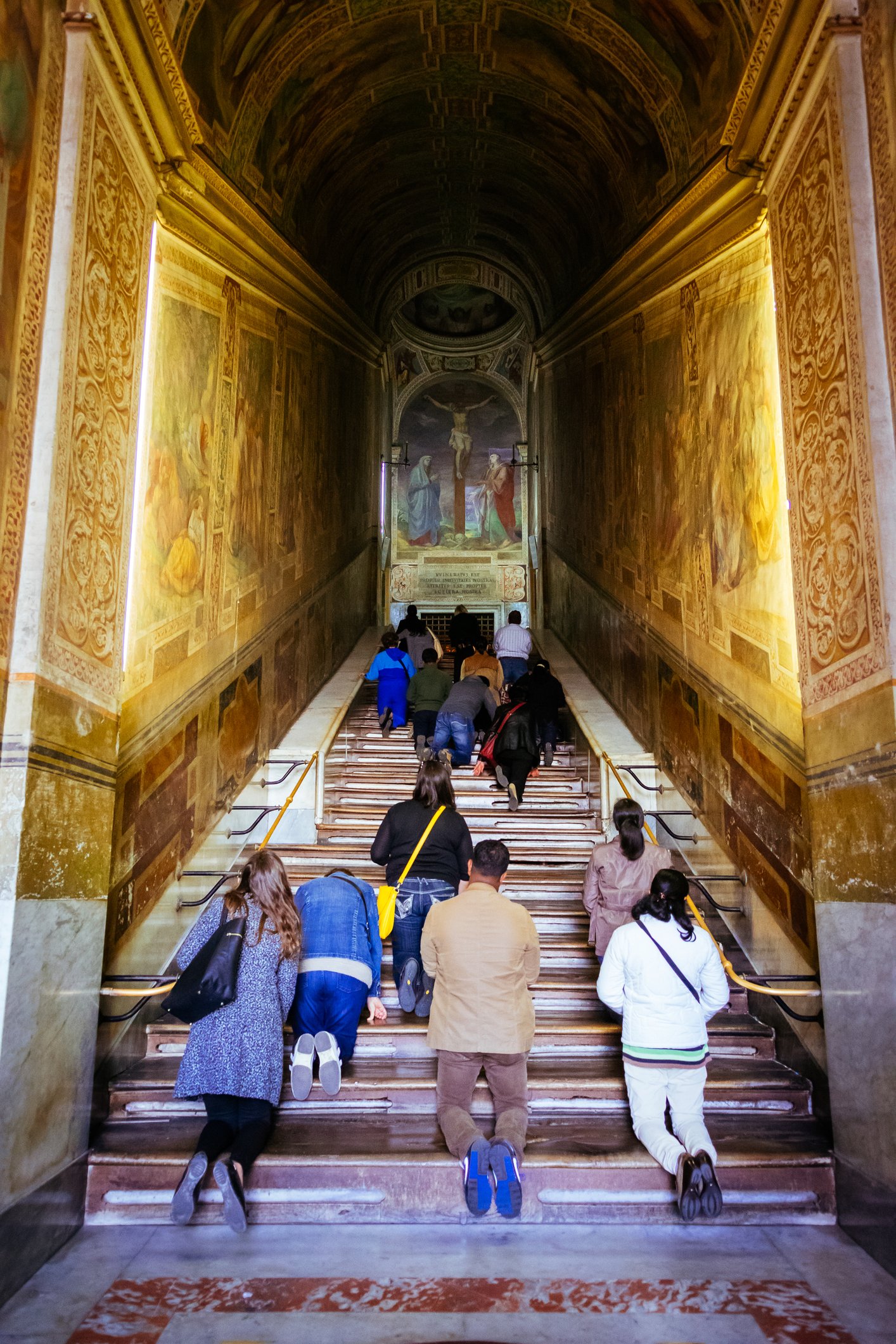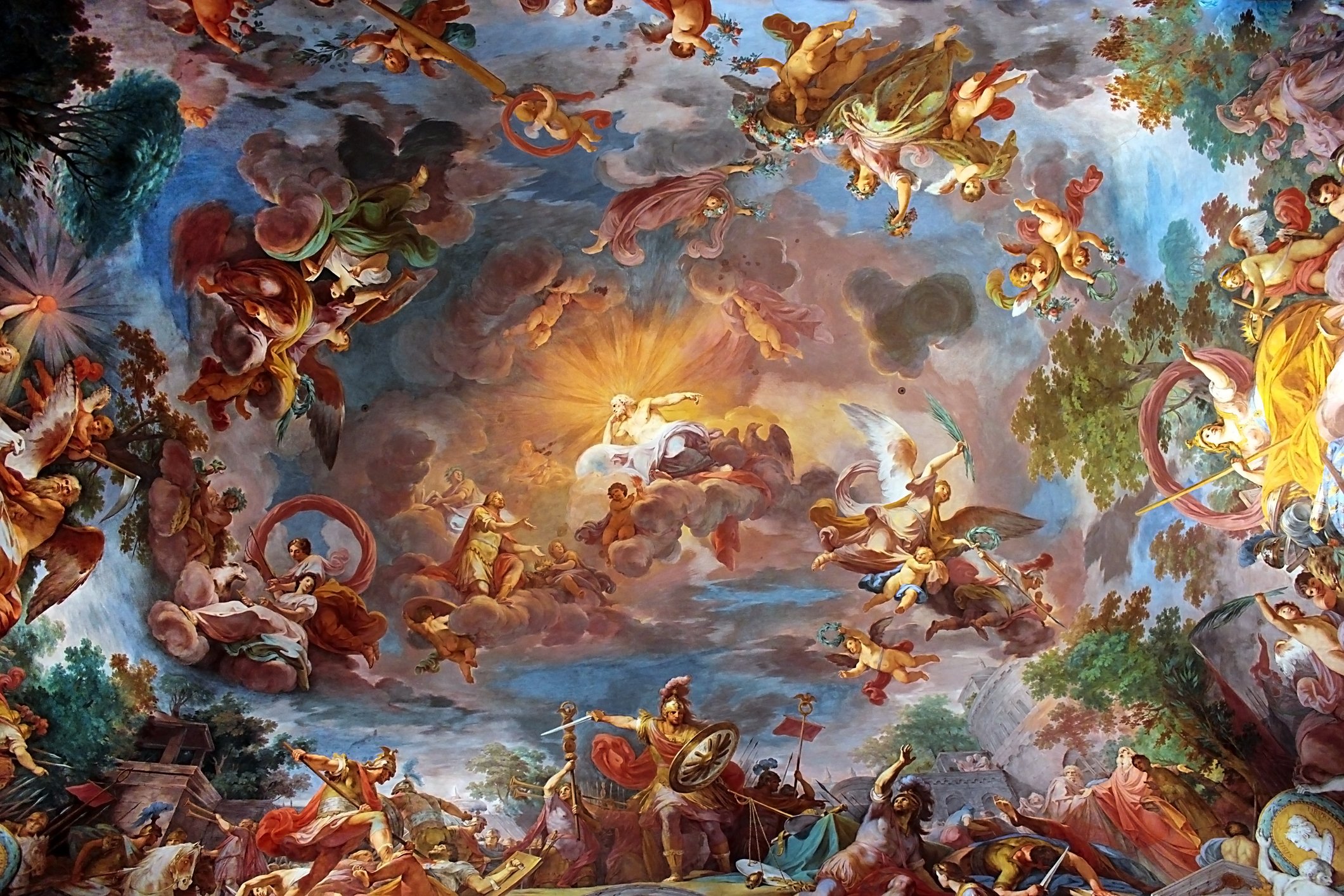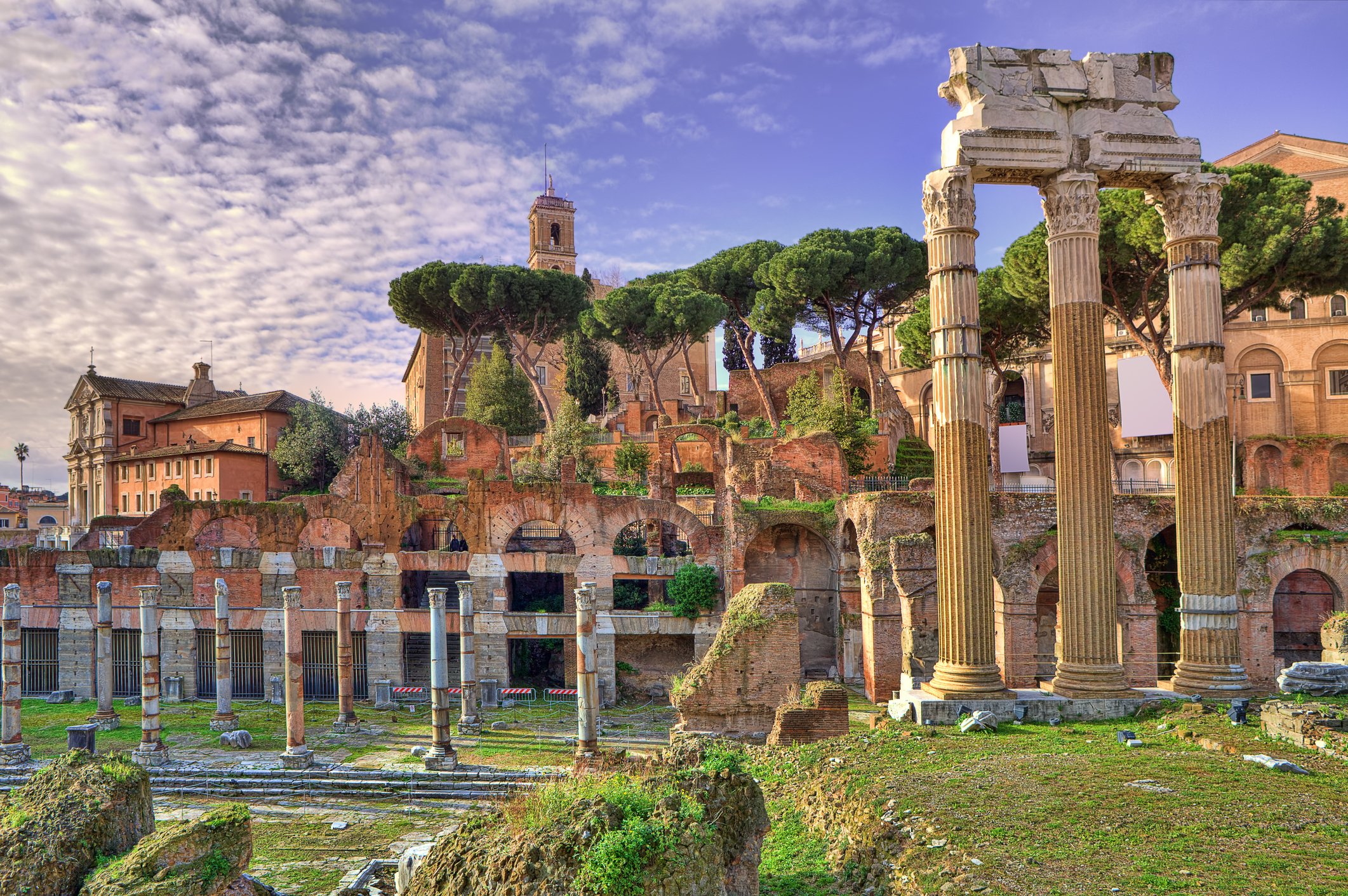Eat, Pray, Love Rome
Norah Casey explores the many treasures of Rome and shares some of her favourite secret haunts.
The Pantheon
If only Julia Roberts knew she didn’t have to go anywhere else other than Rome to Eat, Pray and Love. It’s impossible not to feast in one of the world’s gastronomic capitals, and with over 900 churches it’s hard to escape prayer. As for love…it’s difficult not to be captivated by its splendour and charms.
Spending time in the world’s greatest living museum, is quite simply, good for the soul. I fell in love with Rome many years ago and longed to return to revisit her long forgotten treasures, her beautiful fountains, tranquil alleyways and magnificent art.
Rome transports you to all those epochs she epitomises, from ancient to renaissance to stunning baroque. And when your eyes and your soul are satiated and your feet ache from wandering her beautiful streets she tempts you to gorge on wonderful food and aromatic wines. A temptress that led popes astray will lure you into passions and pleasures without guilt or regret. And she is not without her tawdry side – beautiful walls made ugly by graffiti mar the beguiling beauty of many of her façades, endless hawkers selling flowers and cheap toys and jewellery incessantly interrupting quiet Prosecco moments in her stunning piazzas. As for the prices…you pay more for everything in Rome and more still if you want to enjoy a view of her most precious treasures. But it’s worth it.
First I confess that I did something in Rome that I never did before – it’s my guilty secret and it was great (I will reveal all shortly). Secondly I overcame a monumental fear of heights to visit the most breath-taking view of Rome – even with my heart hammering I was mesmerised. I will also admit to doing the touristy things. I love sight-seeing on open topped buses, so on the second morning we hopped on board and got a real feel for the city in a couple of hours.
>> CAMPO DE’ FIORI Campo de’ Fiori is by far the best people-watching space in Rome and every evening we finished with a night-cap watching the spectacle of strollers and various characters of the square. I had a particular fascination with the small drinking fountain at the north end which if it could write a book would tell great tales. Early evening saw kids splashing and mums chatting, thirsty dogs drank greedily as their owners filled up bottles, the polizia would arrive on occasion and take a leisurely drink while glaring at the squares more boisterous elements, then the taxi drivers would gather around this ancient water cooler talking loudly (I thought to start with that they were having a big argument with lots of arm waving and finger pointing and then after a night or two realised that’s just how they converse). An old man who had been begging for money earlier had his nightly, and very thorough, wash a bit later when it was quiet, the local bar staff would come and fill large cartons and wash basins at closing time and when all was quieter still the odd drunken party of students would descent jostling for the simple pleasure of drinking at the fountain. It was the highlight of my night sitting at the same table with a final glass of wine watching the comings and goings of the fountain in the Campo Di Fiori.
>> EATING & DRINKING I went to the famous Harry’s Bar – not content being ripped off by paying double the prices of everywhere else for a drink, I came back a second time. But there is something about Harry’s Bar that makes you feel part of the movie set that is Rome – maybe chasing the elusive La Dolce Vita.
And we ate. Lots of eating. Now I have spilled all the receipts out on the table, I am embarrassed at all we ate. Such gluttony – I had to check the dates a few times to see did we really eat all that in the same day and especially as the hotel served a very fine breakfast. It was truffle season so as well as eating the usual four courses we also decided to try out each restaurant’s version of spaghetti al tartufo – it appears on almost every bill. In my defence I can only say that we did a lot of exercise and maybe we needed all that sustenance. In any event prepare to go up a dress size unless you are far more disciplined than I am!
And here is one final admission – a big one for me. I didn’t shop once. There were just too many more pleasurable activities to be had. So that was one compensation for all the food receipts. Actually I bought rosary beads. And lots of them. Not sure why but I got caught up in it all. I confess to having never used rosary beads since I was at the convent a million years ago.
Norah and Dara
>> PLAN AHEAD This time in Rome I wanted to find out her secrets, discover the lesser known marvels and I had seven days to do it. My advice if you are planning a visit is to do your homework and plan ahead. This is not a city of spontaneity and to make sure you get the most out of the expense of visiting, book tickets in advance, plan your days well and build in lots of time for getting wonderfully lost in the unexpected delights of strolling aimlessly and stopping for coffee or something stronger. Allow time to linger over lunch and dinner and enjoy the simple pleasure of eating beautiful food at a slower pace – Roman-style.
When Dara was younger and I wanted to introduce him to the delights of an art gallery or museum, we always made a deal. I would pull together the most interesting 10 paintings or artefacts and we researched them together. So when faced with a visit to the Uffizi, perhaps the most tiring art gallery of all, we made a plan to see Michelangelo’s Doni Tondo in Room 25, Raphael in 26, Leonardo da Vinci’s Annunciation, in Room 15 and in Room 10 Botticelli’s Birth of Venus. He never allowed me to stray from the plan.
He knew so much about each piece he was anxious to see it and we were done in a couple of hours – both happy. I think Rome has to be tackled in the same way. You can’t expect to see everything and you will end up frustrated at what you think you’ve missed if you don’t make a plan to do a number of things well.
>> TIPS A few things to note…walking is a great way to see Rome but it can be exhausting if you don’t build in breaks. Water is really expensive but there are plenty of fountains with clean drinking water around the city so bring a bottle and fill up throughout the day. Expect to pay more for drinks and food in the main piazzas but for me it’s worth it for the view. Where else can you gaze upon such masterpieces. Dress conservatively if you plan on visiting churches and especially when you are visiting the Vatican. A couple in sleeveless t-shirts ahead of us in the queue were turned away. Check if you can film or photograph before doing so.
There are lots you can do for free in Rome so don’t buy tickets before you check out what you are paying for.
>> WHAT’S THERE TO LOVE? Why is Rome so special? Let me give you some really good reasons and they are all free.
Th Piazzas, from the famous to the not so famous, are truly majestic. Created during the Renaissance and Baroque period you can lose hours gazing at the wonders of the façades, the fountains, sculptures, obelisks. If Ireland had one such square we would be in wonderment at it and here is a city already packed with culture and art and it has at least seven huge ones – Piazza Navona, Piazza di Spagna, Campo de' Fiori, Piazza Venezia, Piazza Farnese, Piazza della Rotonda and Piazza della Minerva. I love fountains and Rome is full of them from the small relatively insignificant ones to the grand Fontana di Trevi (Trevi Fountain). I have seen it many times and it is beautiful. The city melds and blends art and architecture from its rich 2500 year history – Classical, Medieval, Baroque and Neoclassical. We can thank the Roman popes for the very ornate fountains where the water is but a backdrop to elaborate scenes and sculpture to showcase their power and riches. Their lavish wealth was also invested in grand palaces and basilicas.
And the bridges over the River Tiber equally represent Rome through the ages from the classical Ponte dei Quattro Capi, (from the Isola Tiberina to the left bank) and the most beautiful of ancient bridges the Ponte Sant'Angelo, (135 AD) adorned with Bernini’s ten statues of the angels in 1688. A visit at night is a must. Rome also boasts many ancient sites and one of the wonders of the world, the Colosseum, which is emblematic of the city itself. Others include the Forum Romanum, Trajan's Market, Trajan's Forum, and the Pantheon. Visit the Colosseum at night for a totally different and less crowded tour of this magnificent amphitheatre.
It seems unfair that a city that has all of these amazing treasures should also boast so many other artistic talents. Not content with the architecture, sculpture, mosaics, paintings, frescos and marble the Romans also can lay claim to pottery, glass and metal-work. I found myself capturing the detail of these fine arts in the many churches we visited.
>> HIDDEN TREASURES Scala Santa (Holy Stairs) & Sancta Sanctorum Now here’s something you're not going to come across every day and you won’t find much mention of this in the guidebooks – a chance to earn nine years less in purgatory for every step you take up a staircase. There are 28 steps so that’s quite a lot of years. But to earn this 'indulgence' there are rules you must follow. The Scala Santa or Holy Staircase are believed to be the steps that Jesus walked up when he was facing judgment by Pontius Pilate. E staircase, it is claimed, was disassembled by crusaders and brought by ship to Rome to be reassembled.
They are now owned by the Vatican. But the Holy Stairs are not widely advertised and the place is difficult to find. More recently there was a further claim that a bloodstain from Jesus was discovered on the stairs. A fellow traveller had told me about it so with a bit of searching we found it.
Firstly find the church San Giovanni in Laterano in Piazza San Giovanni. Worth visiting for the partial remains of a Giotto fresco but also because to be granted this plenary indulgence you must go to confession and receive holy communion before you climb. When you leave the church, directly opposite the Piazza are the Scala Santa. It is free to enter and open daily. The sacred pilgrimage, however, is not complete unless you ascend the stairs on your knees and say a prayer at each step – that’s 28 prayers. Walking up them is not allowed.
Scala Santa (Holy Stairs) Piazza San Giovanni in Laterano, 00184 00 39 06 6988 6433; visit vatican.va Villa Borghese (and my guilty secret) The Borghese Gardens are Rome’s largest, and we ventured there for two afternoons and still didn’t feel we had seen all they had to off er. They began as Cardinal Scipione Borghese’s pleasure park (his art collection is in the Borghese Gallery).
We spent hours gazing at the amazing sculptures and wandered the tree lined paths – these are truly beautiful gardens and a wonderful respite from the throngs and heat of the Centro Storico. There is also a zoo, an ornamental lake and a replica of Shakespeare’s Globe Theatre (visit globetheatreroma.com). I am almost ashamed to admit this but we rented Segways (twice!) and I loved it – a great way to see the huge expanse of gardens and great fun. You can also rent bicycles if you want to appear less nerdy! Ere are various entrances, we entered via the
Spanish Steps. There is another entrance at the Porte del Popolo by Piazza del Popolo. Vittoriano monument (and overcoming my fear of heights) The Vittoriano is a gleaming white marble monument to Vittorio Emanuele II, the first king of a united Italy and hard to miss. Romans have a number of names for it – the 'wedding-cake' or the 'typewriter' and you can tell that it is not their favourite treasure. The overly decorated and grandiose monument began life as a monument to a king who didn’t much like Rome and the feeling was mutual. However, feelings softened when in 1921 it became home to the Grave of the Unknown Soldier representing 650,000 Italians who lost their lives in World War 1.
One of the best things we did in Rome was to go to the roof of the Vittoriano. I have a dread of heights and dithered quite a while before I was persuaded to venture up the elevator to the roof. I was so glad I did – the 360 degree view was incredible. Head round to the right of the monument and go up the steps (to the Ara Coeli church) and you’ll see the signs for the elevator (€7 a ticket).
Visit turismoroma.it










